In a plane, the two lines are said to be parallel if they do not cross or interact at any point. They never deviate from being parallel to one another, and their distances from one another remain constant. Lines that are similar to each other are lines that do not intersect. Another way to put it is to claim that parallel lines intersect at infinity.
Also, the formation of pairs of angles occurs when a transversal cuts between two parallel lines, as in the following examples:
- Angular proportions that correspond
- Rotate between different interior angles
- Various perspectives from the outside
- angled in the opposite direction vertically
- Linear couplet
In a plane, two lines are considered to intersect if they meet at a place where they both go in opposite directions. When two lines intersect at right angles (90 degrees), we refer to the lines as perpendicular to one another.
When two lines in a plane do not intersect at any point, we say those lines are parallel. Lines that do not share a moment of the junction and do not come into direct contact with one another are said to be similar. The symbol “||” is used to denote lines that are parallel to one another.
Two lines that are parallel to one another are symbolized as:
AB || CD
Properties Of Parallel Lines
On a shared plane, if two lines are parallel, this means that the lines do not overlap each other. If a transversal even intersects two parallel lines at two different places, then four angles will be generated at each of those sites. Therefore, the following explains the characteristics of parallel lines with transversals.
- Corresponding angles are equivalent.
- Equal to each other is the vertical angles and the vertically opposing angles.
- Alternate interior angles are equivalent.
- Alternate exterior angles are equivalent.
- A supplemental pair of internal angles are located on the same side of the transversal.
Various Parallel Shapes
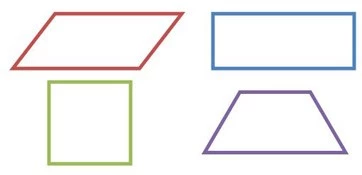
There is a lot of possibility for creativity when working with polygons constructed from segments of parallel lines, which is fascinating. Think of squares, parallelograms, rectangles, and trapezoids; all of these shapes have parallel sides and are made up of segments of parallel lines.
Real-Life Examples Of Parallel Lines
Some exciting examples of parallel lines are mentioned below:
Railway Tracks
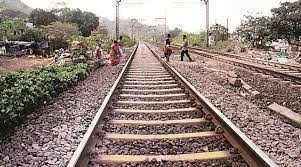
If you seek a real-life example of parallel lines, you should carefully look at the railroad tracks. The iron bars used to construct the tracks are put out to be similar. In a way somewhat dissimilar to that described above, the sleepers are arranged in parallel.
Ruler’s Edge
Straight lines and other figures may be drawn with a ruler. Both lines produced will be parallel if the first line is drawn along one side of the ruler and the second line is drawn along the other. As a result, the two sides of the ruler that are opposite one another are parallel to one another.
Zebra Crossing on the Road
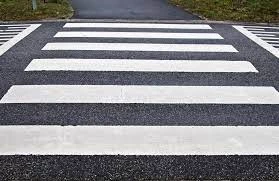
A road section with white stripes painted on it may be referred to as either a pedestrian crossing or a zebra crossing. These white stripes go in a straight line beside one another.
Cricket Stamps
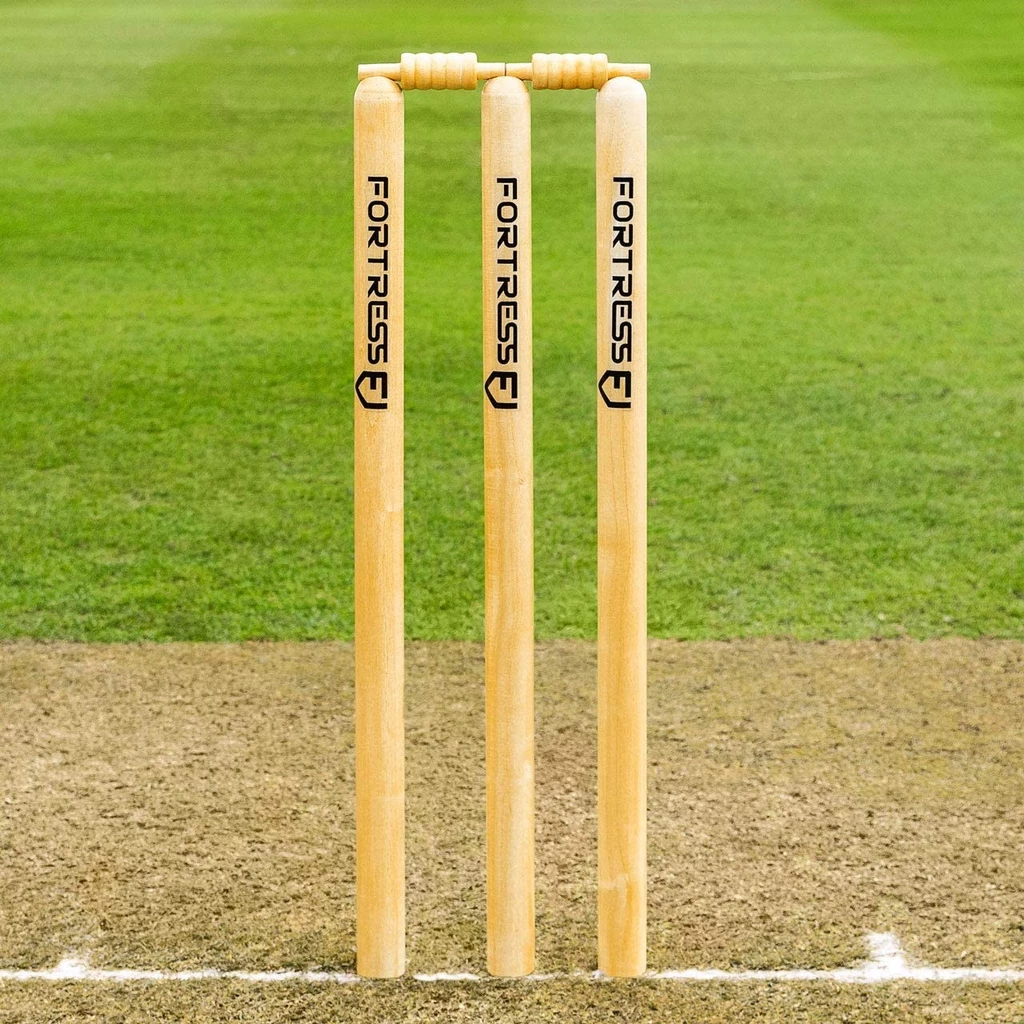
The cricket stumps are an excellent illustration of lines that are parallel to one another. Each of a wicket’s three stumps—the off stump, the center stump, and the leg stump—is positioned at the same distance from the other two stumps and is perpendicular to the other two.
Electric Wires
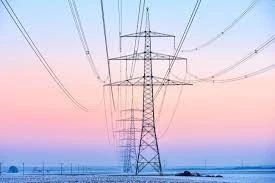
With the assistance of the cables fastened to the electricity poles, the power produced at the powerhouse can make its way to our houses. These wires are pretty visible from the roadside where they are located.
The wires are laid out in a direction that is parallel to one another and is kept at a distance from one another. Therefore, the electrical cables between the powerhouse and the dwellings illustrate parallel lines in their natural environment.
Racing Track
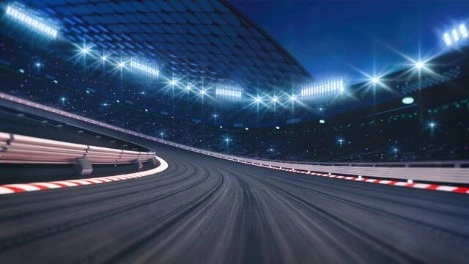
One of the most extraordinary instances of parallel lines in real life is seen on racing tracks, which are correctly marked with broad white stripes made of paint or powder. These white stripes run in a direction that is parallel to one another.
Marking on the Road
Road markings are essential to improve motorists’ safety and peace of mind while behind the wheel. The road shoulder line, the center line marking, the curb line marking, and the various traffic lane lines are all included in these markings. When one looks at the markings on the road, one can quickly and readily see the presence of parallel lines in the actual world.
Ruled Paper
The spaces between the lines written on ruled paper are the same distance apart. The intersection of these lines often occurs at infinity. Therefore, the lines that appear on ruled paper are an excellent illustration of parallel lines that may be seen in daily life.
Fork Tines
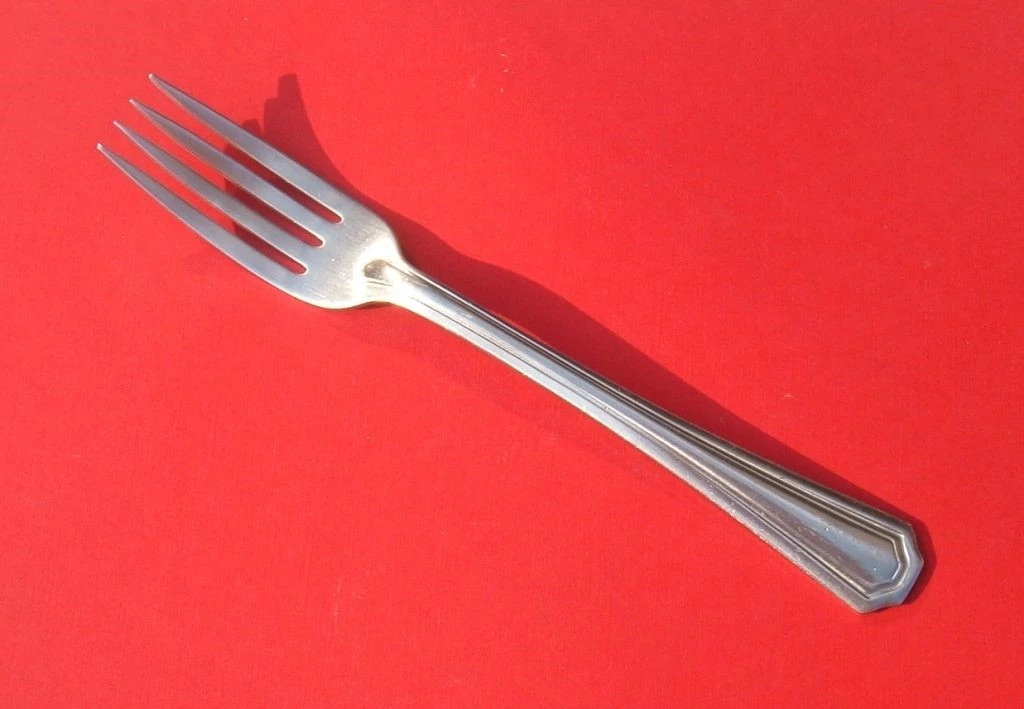
The prongs of a fork are aligned perpendicular to one another. Therefore, if you imagine each prong of the fork to be a straight line, then a fork is the ideal illustration of parallel lines.
Steps of a Ladder
On a ladder, one rung is always the same distance away from the next at any given time. In addition, none of the stairs are steeper than the others. Therefore, they are running in the same direction as one another.
Railing Bars
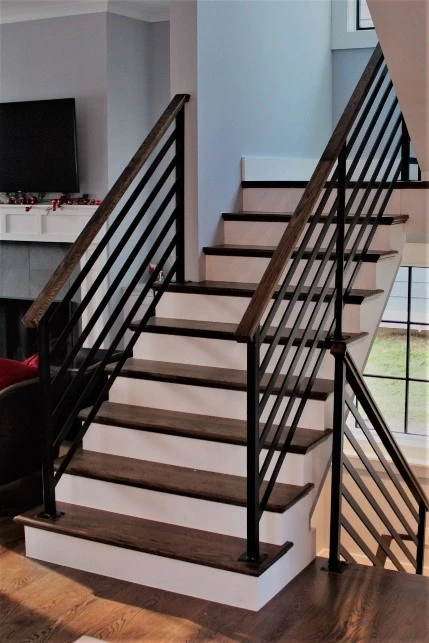
Most of the railings and fences are constructed from bars made of metal or wood set at equal distances from one another and positioned in a straight line.
Keys of a Piano
The keys of a piano are aligned in such a way that they are all perpendicular to one another when seen from above. Therefore, the keys of a piano provide an excellent illustration of parallel lines.
Stack of Books
You may readily witness the presence of parallel lines in real life if you build a pile or a stack of books by stacking one book on top of another. This can be done by placing one book in a bank or a stack of books. Both the top and the lower of the books may be thought of as lines that are parallel to one another.
Table
The diagonal sides of a rectangle or square are parallel on opposing ends of the figure. Therefore, the sides of a rectangle or square-shaped table constitute evidence that parallel lines exist in the physical world.
Pins of a Plug
The prongs of a two-pin or three-pin plug are aligned in a horizontal line with one another. As a result, we may see them as a clear illustration of lines that are parallel to one another.
Skis

Skis are longboards with tapered ends constructed from pliable materials such as polyethylene, fiberglass, carbon fibers, and other similar materials. When a person fastens the ski boards beneath their feet and begins to slide down the snowy surface, he tends to maintain his feet aligned in a position parallel to one another. Consequently, looking at the pair of skis, one may see parallel lines in the actual world.
Rack Shelves
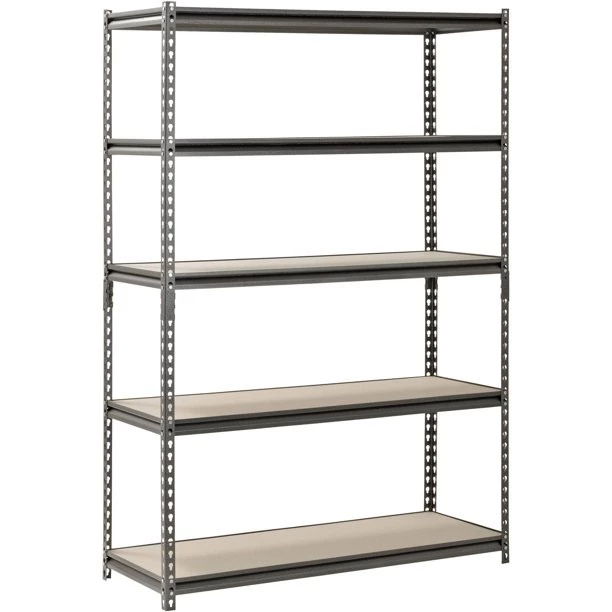
A shoe rack, pallet rack, book rack, and so on are all racks with many shelves for storing items. The frames are aligned in a manner that is parallel to one another. Therefore, the stands on a rack are one more example of parallel lines that may be found daily.
Conclusion
Lines situated in the same plane and tend to intersect at infinity are referred to as parallel lines. Parallel lines might include more than two lines. To put it another way, two or more new lines are said to be parallel lines if they do not meet each other at any point or if they do not cross one another at any moment.
